7 Photos Of Jupiter, The Giant Of Our Solar System, From Juno
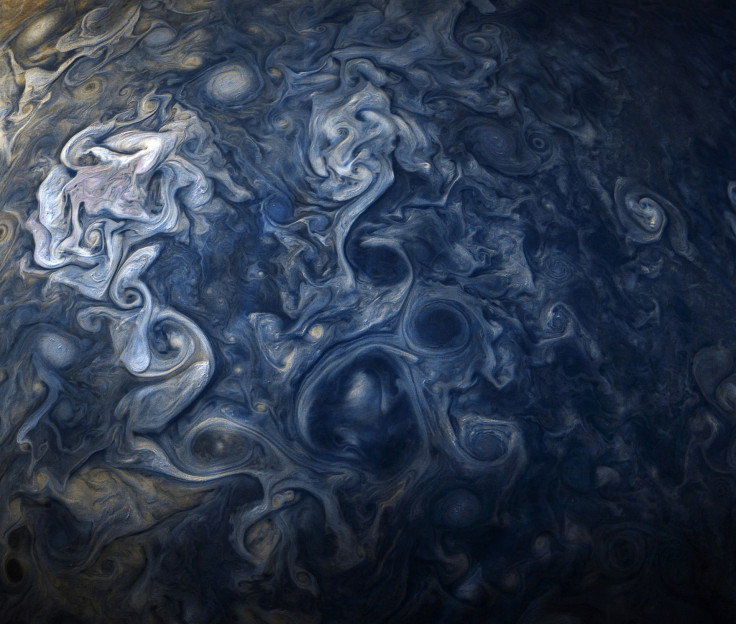
NASA posted a new and very flattering photo of the planet Jupiter on its website Thursday afternoon. The photo showed blue clouds covering a patch of the planet's surface taken by the Juno spacecraft in October. The craft was incredibly close to the tops of the clouds less than 12,000 miles, which in space is very little distance, on its ninth flyby of the planet when it captured the photo.
The clouds in the photo are casting shadows on those below them and their surroundings because of the angles between Juno, Jupiter, and the sun. The shadows are most clearly visible in the lighter and whiter parts of the photo.
The Juno mission launched in August, 2011, and arrived at Jupiter nearly five years later in July, 2016. To make it all the way out to the fifth, and largest, planet in our solar system the craft had to conduct both deep space maneuvers and a gravitational assist from an Earth flyby, according to NASA.
Since its arrival at Jupiter the craft has been orbiting the planet monitoring it, collecting data, and capturing photos. In February, NASA announced that the craft would continue in its orbit of Jupiter until the completion of the mission, currently scheduled for July 2018, and would not complete a previously planned burn. That burn would have reduced the orbital period of the craft to just two weeks, but without it the orbital period remains at 53 days. The craft will continue to orbit Jupiter on a 53-day orbit for the remainder of the missions. “Juno is healthy, its science instruments are fully operational, and the data and images we’ve received are nothing short of amazing,"Thomas Zurbuchen, the associate administrator for the Science Mission Directorate at NASA, said at the time.
Each time the craft completes another flyby of Jupiter it collects more and more data on the planet. Specifically the craft flies low and probes the clouds and whats underneath to study the auroras on the planet and to collect data that could reveal new information about the planet's origins, structure, atmosphere, and magnetosphere, according to NASA.
The current budget allows for the craft to complete 12 orbits around Jupiter by the time the mission is scheduled to complete next year. The team that works on the craft can propose an extension if they like. If they don't propose an extension though, or if one is not granted, the craft will meet a fate similar to the one the Cassini craft met over the summer, a fiery plunge into the planet it's spent years studying.
But until then the craft will continue to explore and collect data on Jupiter. So far researchers think the planet is made up of mostly hydrogen and helium and that it formed early on in our solar system, which is part of the reason it's so large. They're hoping Juno can help them figure out how exactly this happened though. They're also hoping to learn how deep the planet's atmosphere is, and gain an understanding of the auroras in the atmosphere caused by the magnetic energy there.
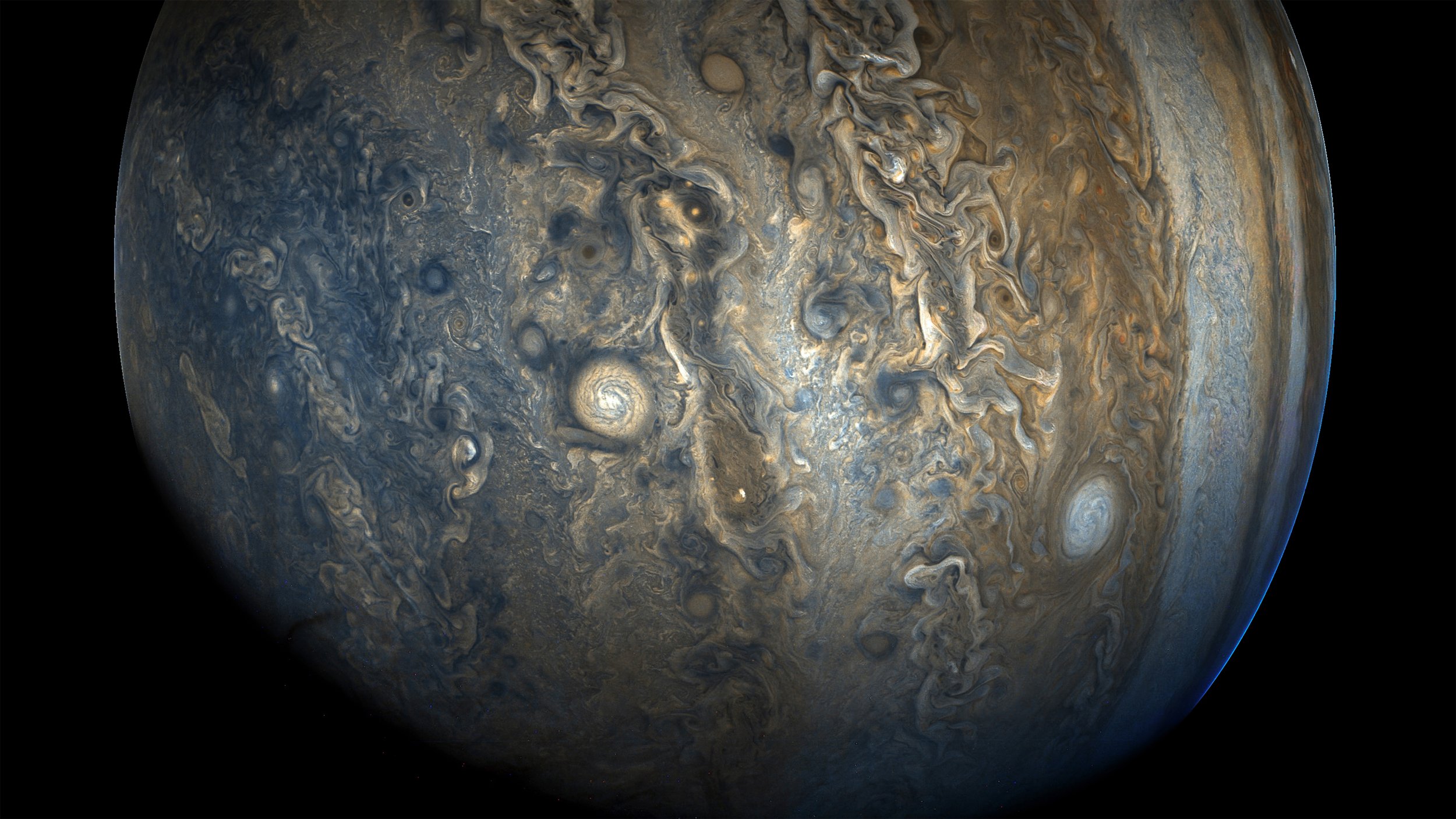
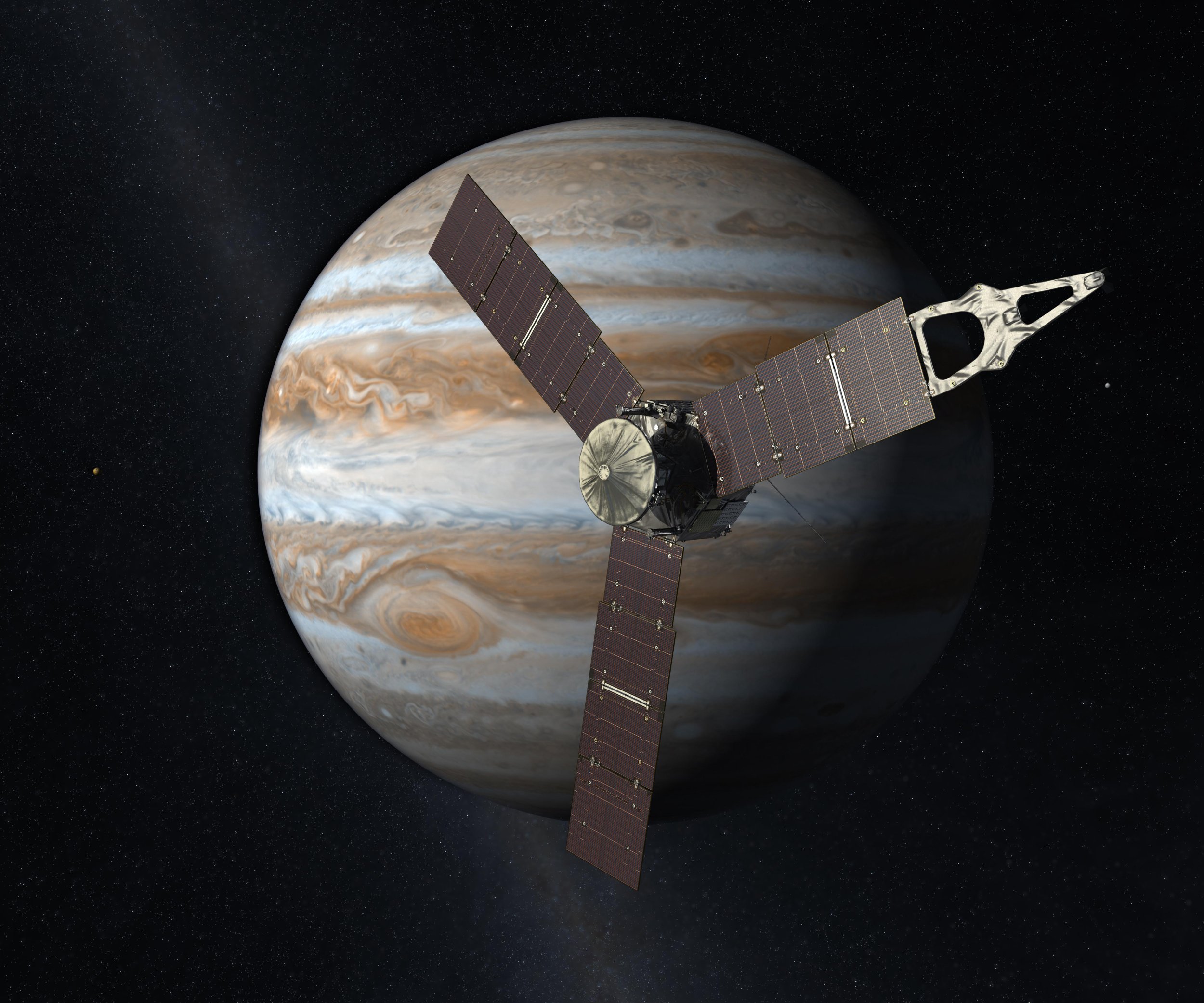
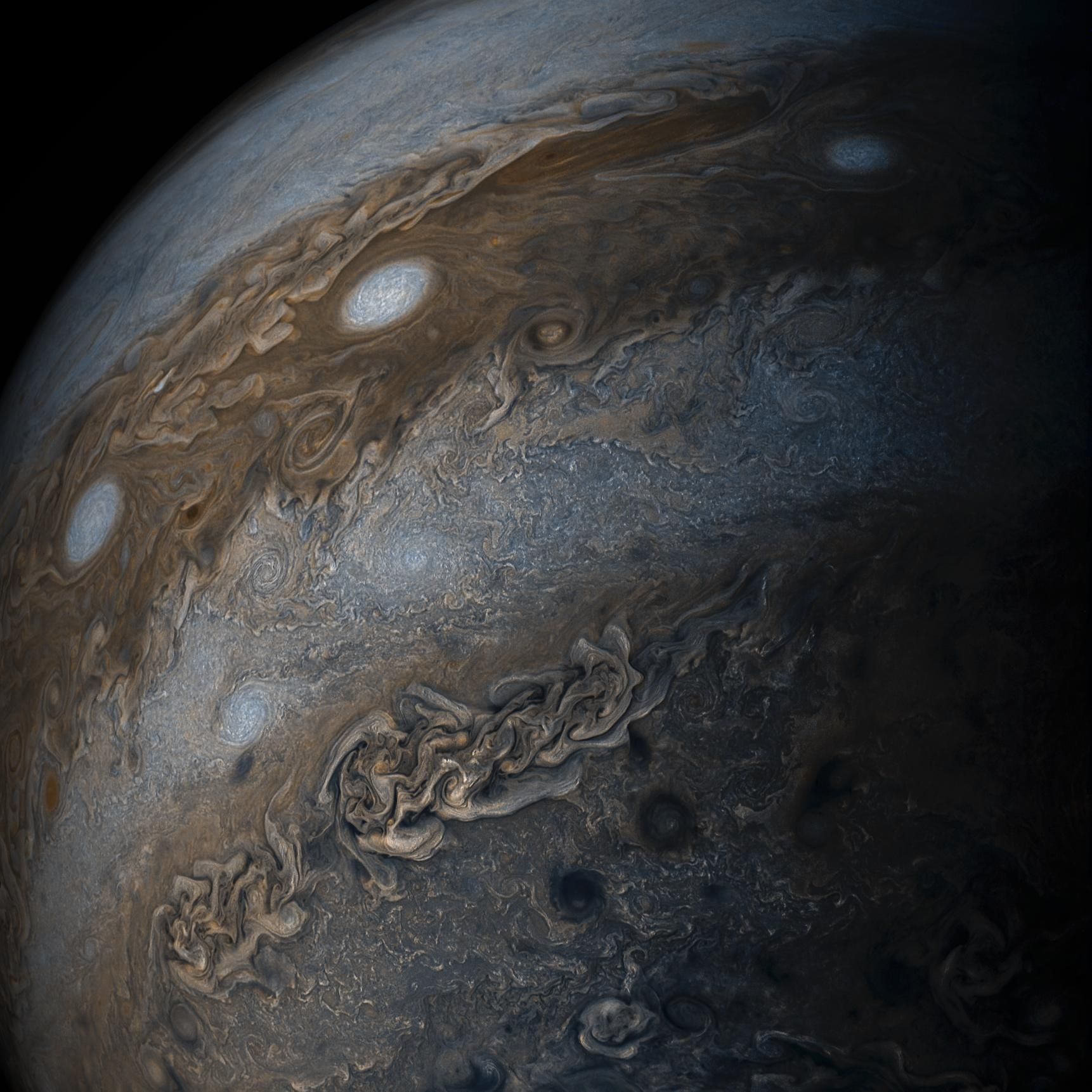
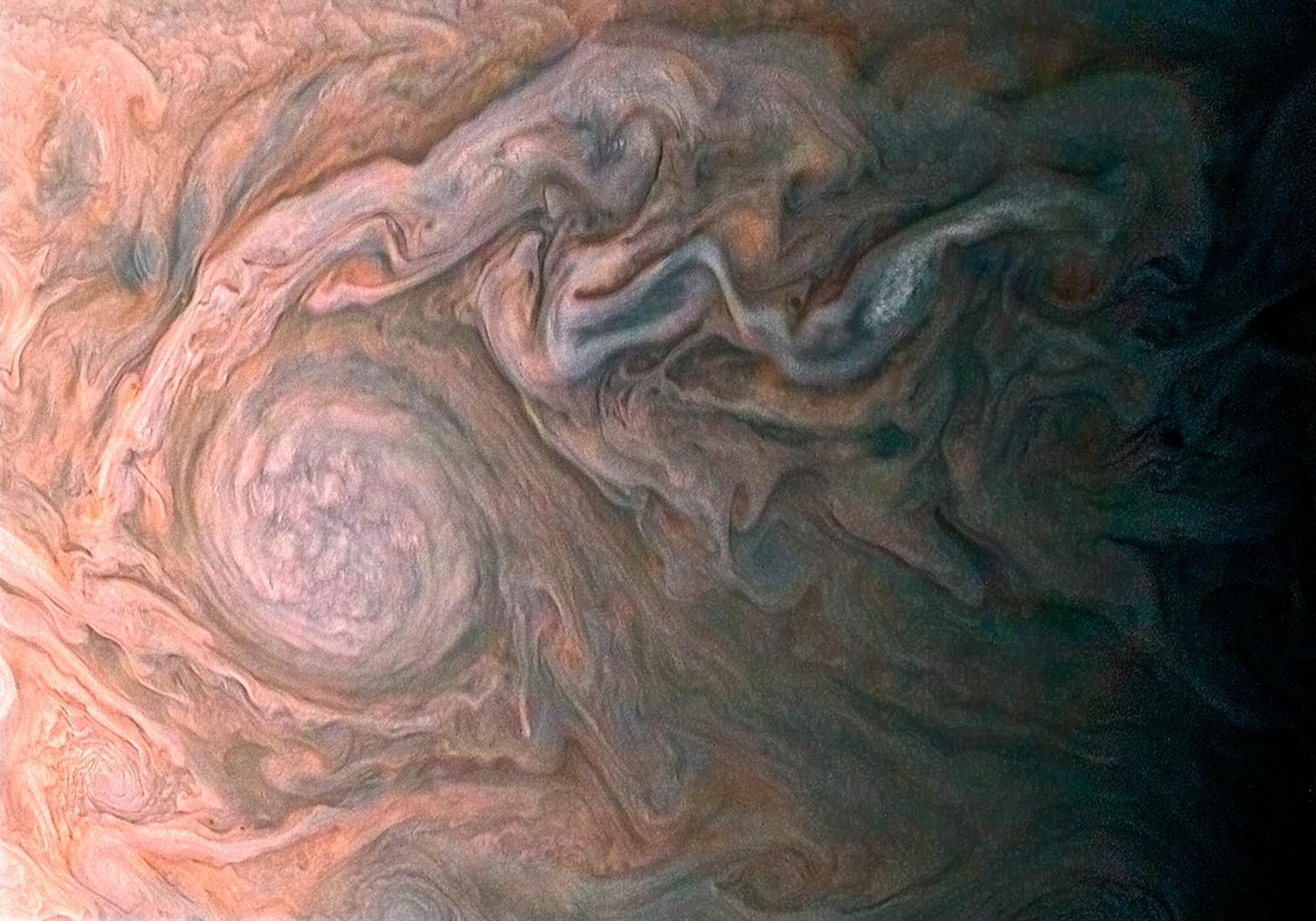
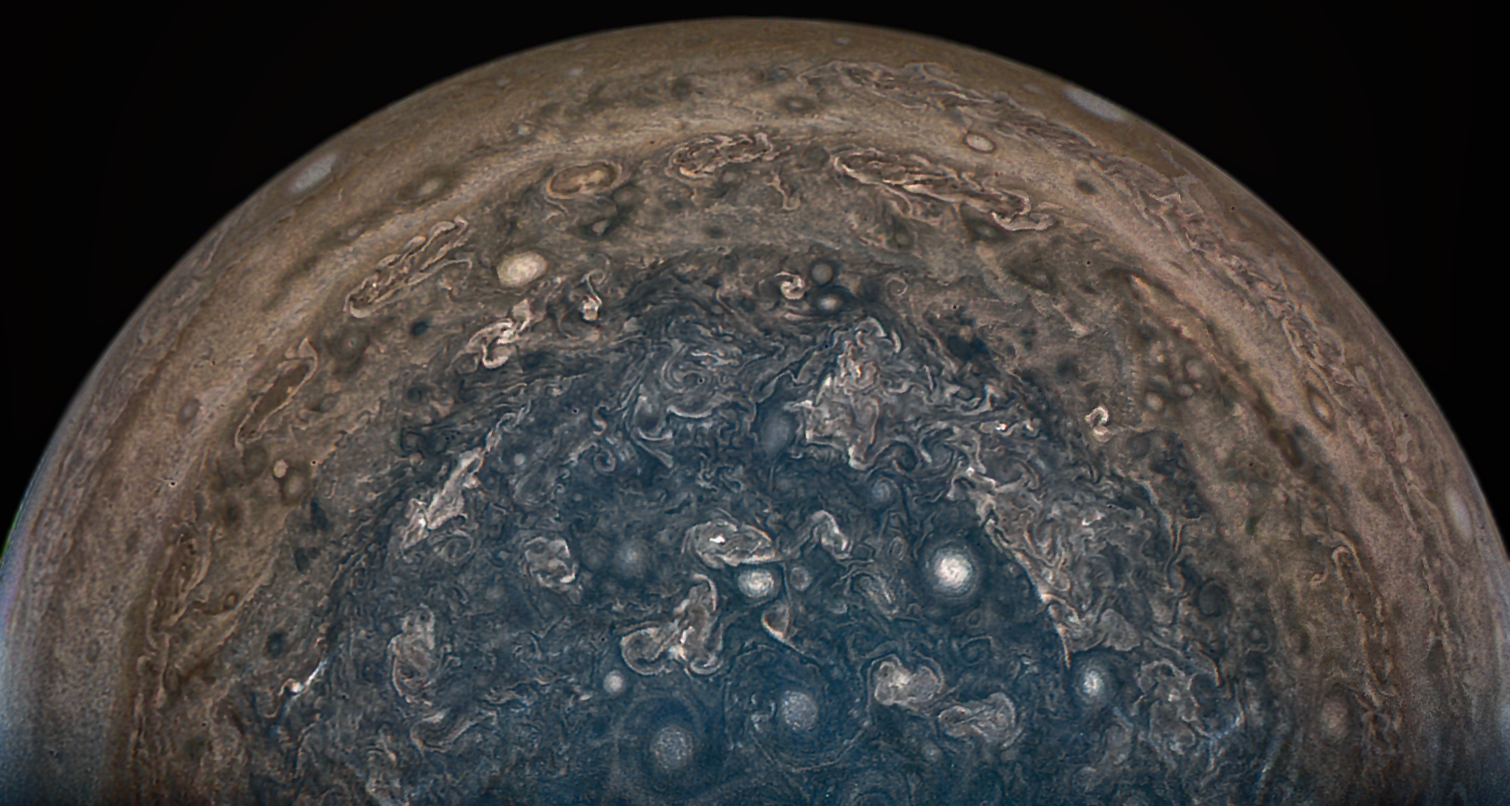
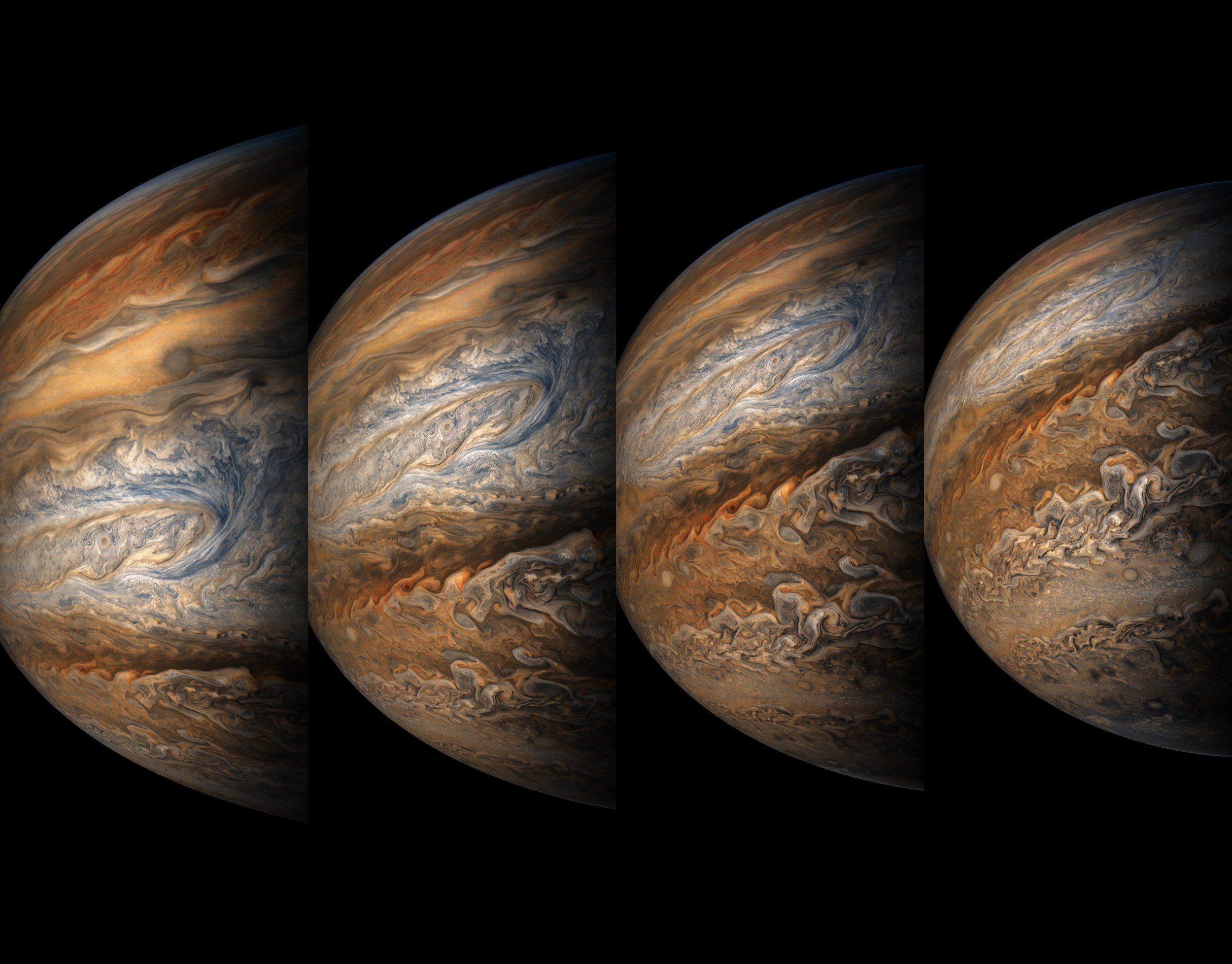
© Copyright IBTimes 2024. All rights reserved.





















